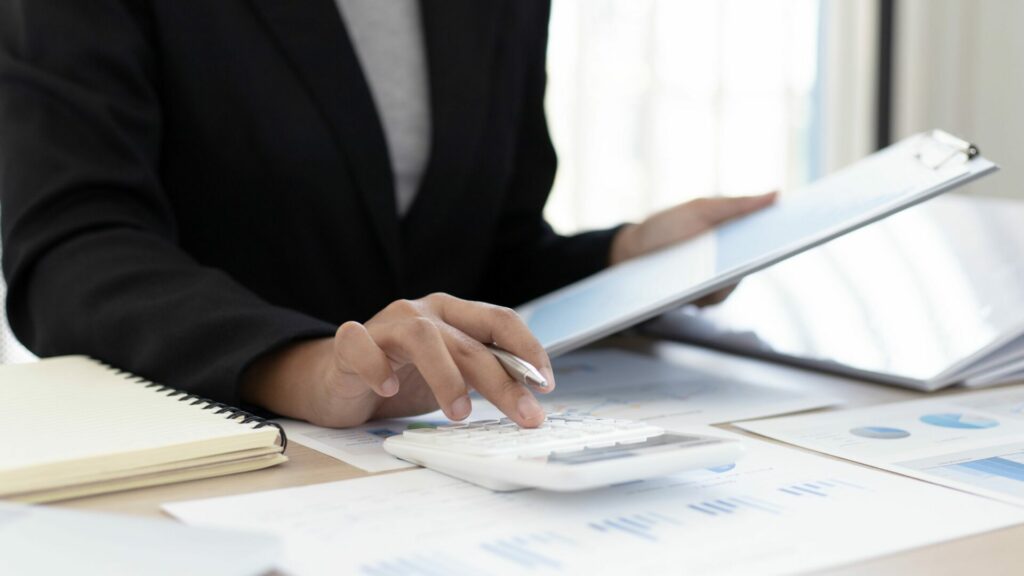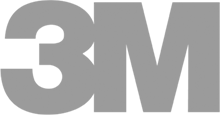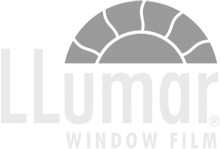Energy saving in offices: replacing air conditioning systems is a solution (but often not the most suitable one)
When addressing energy saving in offices, and more generally in businesses, industrial and commercial buildings, and hospitality structures, the first thought is typically directed towards air conditioning systems. The most widespread belief is that the only way to contain energy costs is to replace them with more modern and efficient systems. While this might seem like a logical solution, it’s not the most advantageous, either in economic terms or in terms of sustainability.
Index
In fact, there are several innovative technologies that require far less invasive installation interventions and offer surprising results: with their help, the thermal comfort of environments can be easily improved without having to replace existing systems. In this article, we take a closer look at passive solar shading and the opportunities for businesses looking to reduce their energy impact.
The answer to cutting costs is not always a more efficient system
Replacing an air conditioning system can certainly improve the energy efficiency of a space, but other aspects must be considered before deeming it the most suitable solution. Not only should direct and indirect costs be taken into account, but also the installation time, potential disruptions to business operations, the environmental impact of decommissioning the old system, and, last but not least… starting temperatures.
In a climate where temperatures are becoming more extreme, and summers are getting hotter, the most challenging task for air conditioning systems is managing exactly this fact. Looking beyond the performance of the system itself, which is not the critical element by itself, the building structure itself complicates the task of managing the indoor microclimate.
Poor shading, or insufficient protection from solar radiation, can render the work of even the most modern and advanced systems ineffective, forcing them to work harder and more expensively. This results in an inefficient use of energy resources, leading to higher CO2 emissions and operating costs.
A direct intervention on the building’s structure to improve its thermal insulation capabilities represents the true turning point in energy management. Simple solutions like the application of solar shading can significantly reduce the thermal load, ensuring more balanced management of internal temperatures without the need for complex and much more expensive updates.
What does passive solar shading mean?
Passive solar shading represents the most convincing solution for energy savings. This type of intervention directly acts on the surfaces of buildings: by applying anti-solar films to windows or thermoreflective paints to opaque surfaces or skylights. They are called “passive” initiatives because they reduce the impact of solar radiation and contribute to improving the indoor microclimate without consuming energy.
This is exactly what makes it the ultimate sustainable solution: passive solar shading has the ability to make indoor thermal conditions more comfortable without any energy consumption. This approach enhances the efficiency of existing systems and helps reduce the company’s ecological footprint.
One of the advantages is that it is a versatile technology, applicable in various contexts, from smaller structures to large industrial buildings.
Revolutionizing the very concept of energy efficiency, solar shading does not focus on optimizing air conditioning systems but addresses the root of the problem, reducing the need for intensive use of existing systems.
The advantages of solutions where installation does not slow down, affect, or stop productivity in the company
Another key strength of passive solar shading is its quick and non-invasive installation. Unlike structural interventions or the replacement of systems, the application of films or paints does not require extensive work sites and, even more importantly, does not interrupt business activities.
Therefore, the company that chooses this approach to make a significant impact on energy savings in the office can continue to operate normally during installation. From this point of view, the advantage is clear: avoiding productivity losses and maintaining operational continuity means no additional costs.
Moreover, these solutions offer an immediate benefit in terms of thermal comfort, drastically reducing the need to use air conditioning systems for long periods or even 24/7 as often happens due to starting temperatures.
Their implementation is particularly suited for offices and workspaces with large glass surfaces, but not limited to these, as the internal greenhouse effect poses a significant challenge in various contexts.
Speed and ease of installation are not the only benefits; their exceptional durability over time makes these solutions extremely cost-effective. Companies can therefore benefit from a long-term intervention without having to face hidden costs related to frequent maintenance or initial operational disorganization.
The answer is a turnkey solution: the only one offering a double guarantee
Serisolar offers companies a complete, turnkey solution to ensure the product’s quality and the professionalism of the installation. Relying on and trusting an experienced partner means receiving a 360-degree service: from initial consultation to the customization of the solution, up to professional installation.
This dual guarantee of product and installation is essential to ensure the durability and effectiveness of the interventions. A high-end product, installed by qualified technicians, provides measurable results both for energy savings and for improving indoor climate conditions. Moreover, it is the longevity of passive solar shading solutions that reduces maintenance costs and maximizes the return on investment for companies.

Serisolar for the sustainability of businesses: passive solar shading as long-term solutions
Energy savings in the office do not necessarily require invasive or expensive interventions: Serisolar has built its experience and professionalism on this. Solutions such as passive solar shading represent an effective, sustainable, and cost-effective alternative capable of transforming industrial and commercial buildings into more comfortable and environmentally friendly environments.
With our work, we help companies choose a more conscious energy management approach and look toward a more sustainable future, offering safe and guaranteed solutions. Understanding energy savings innovatively means contributing to a cultural transformation where sustainability is not just an economic goal, but a genuine commitment to the planet.
Serisolar supports companies on a journey that leads them to invest in solutions like solar shading, to send a signal of credible leadership and responsibility, aimed at strengthening the company’s reputation and creating long-term value.
To reduce your company’s impact and improve your employees’ well-being, contact us. Our consultants are available to start together on a revolutionary and effective path towards sustainability.







